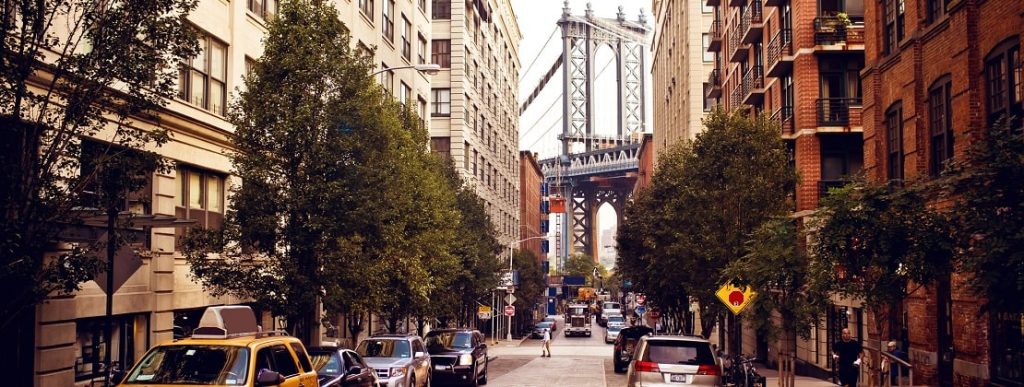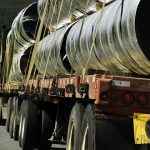Should Businesses Who Frequently Ship Freight Oppose Fewer Lanes on Motorways or Less Parking ?
With many cities and countries worldwide shifting their focus from cars to cities when it comes to urban design, it’s fair to wonder how this may affect your business! The topic itself is somewhat divisive with many people wanting more sidewalks and bike lanes, and many who want more parking spaces and better car accessibility.
This article is simply meant to highlight how the increasing changes might impact your business’s shipping habits and needs.
Trucks are a necessity in freight shipping. They are large, cumbersome, and unavoidable. With less parking space and fewer lanes on our roads, there’s bound to be heaps of delays, right? Not exactly!
The concept of induced demand means that if, for example, the price of a service or commodity drops, the demand for it will rise. Likewise, when it comes to transportation (where we can consider time currency) demand goes up when a new lane is added to a street or when a new motorway or highway is opened.
What that means is that no matter how many lanes or new roads we add to battle congestion, demand will catch up. This has proven to be the case so far.
So what does this mean for transportation if lanes and streets are being removed or pedestrianized, instead of added?
Fortunately, induced demand works both ways. When the price goes back up, so too does demand. That translates to people opting for walking, cycling, or using public transportation if those options are faster, cheaper, or more convenient.
All of this means that there are fewer cars on the roads, and that means that there should be less congestion. This allows for trucks to still move just as efficiently if not better through our city streets.









